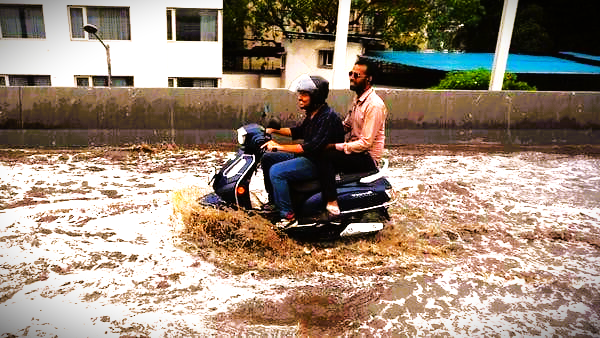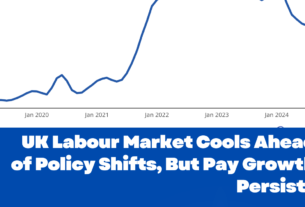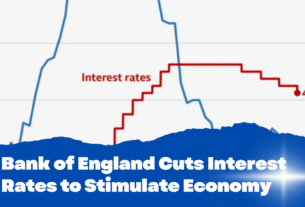India has ascended to the position of the world’s fourth-largest economy, surpassing Japan with a GDP of $4.187 trillion, according to recent data from the International Monetary Fund (IMF). The milestone, highlighted by NITI Aayog, marks a historic moment in India’s economic journey, showcasing its expanding global influence and economic potential.
But as the news made headlines, another story began to unfold, this one on social media. It was not a tale of celebration, but a wave of public skepticism and frustration, where users questioned the very relevance of GDP figures when daily life remains burdened by poor infrastructure, rising inequality, and persistently low per capita income.
“Fourth-largest economy, yet we’re still wading through waterlogged roads and dodging potholes. What’s the point of GDP if the streets are still broken?”
-A user commented on X (formerly Twitter)
A Giant with Uneven Footing
While India’s GDP leap is commendable, it’s a number that tells only one side of the story. Beneath the surface lies a complex reality: a nation advancing at scale, but with many of its citizens still waiting for progress to touch their lives.
- India’s Per Capita Income (2025): $2,878
- Japan’s Per Capita Income (2025): $33,995
- India’s Global PCI Rank: ~140th (IMF estimate)
This vast gap underscores a structural imbalance in the economy. While aggregate wealth increases, wealth distribution remains disproportionately skewed. The top 1% of Indians now own over 41% of the country’s wealth, according to Oxfam and World Inequality Lab studies.
“Exclude Ambani and Adani, and our per capita income plummets. Meanwhile, 90% of Indians earn less than ₹25,000 a month,”
another user posted, highlighting the disconnect between headline numbers and household incomes.
GDP: A Mirage of Prosperity?
India’s nominal GDP growth has been extraordinary but it also reveals a paradox. Despite the economy’s rising global rank, many Indians continue to struggle with basic quality-of-life issues: unreliable public transport, crumbling roads, seasonal waterlogging, and insufficient healthcare infrastructure.
One user summarized the sentiment succinctly:
“Inequality up. Quality of life is down. GDP isn’t prosperity.”
Others pointed to demographic realities:
“If population growth keeps pace with GDP growth, per capita gains will be negligible. We’re growing, but not together.”
These voices call attention to a critical truth: GDP does not measure well-being, and it certainly doesn’t capture the lived experiences of 1.4 billion people.
Expert Insight: Milestone or Mirage?
Lloyd Mathias, a prominent business leader and former CMO at HP and Motorola, struck a balanced tone in his assessment:
“While there’s justified excitement about India overtaking Japan, the real challenge lies in raising per capita GDP. We still lag behind nations like Vietnam, Sri Lanka, and the Philippines.”
Indeed, per capita metrics reflecting the average income and productivity of citizens reveal a very different picture of national progress.
The Real Measure of Progress
To truly lead on the world stage, India must focus not just on growing bigger, but on growing better. This means investing in human development, not just hard infrastructure or corporate gains. It means asking:
- Are our cities livable?
- Are our youth employed?
- Are our schools and hospitals functioning?
- Are we building an economy that works for the many, not just the few?
Until these questions are answered, GDP figures will remain just that figures, not the fabric of everyday Indian life.
Conclusion: Redefining Growth
India’s rise to the position of the world’s fourth-largest economy is undoubtedly significant. It marks the country’s emergence as a key global player, poised for even greater influence. But economic greatness must be matched by human dignity, equity, and opportunity.
Until then, as many netizens have pointed out with growing urgency, it’s not enough to be a $4 trillion economy if your bus still breaks down on a road full of potholes.
Because true development isn’t measured at the top of the pyramid, it’s measured at the base.




